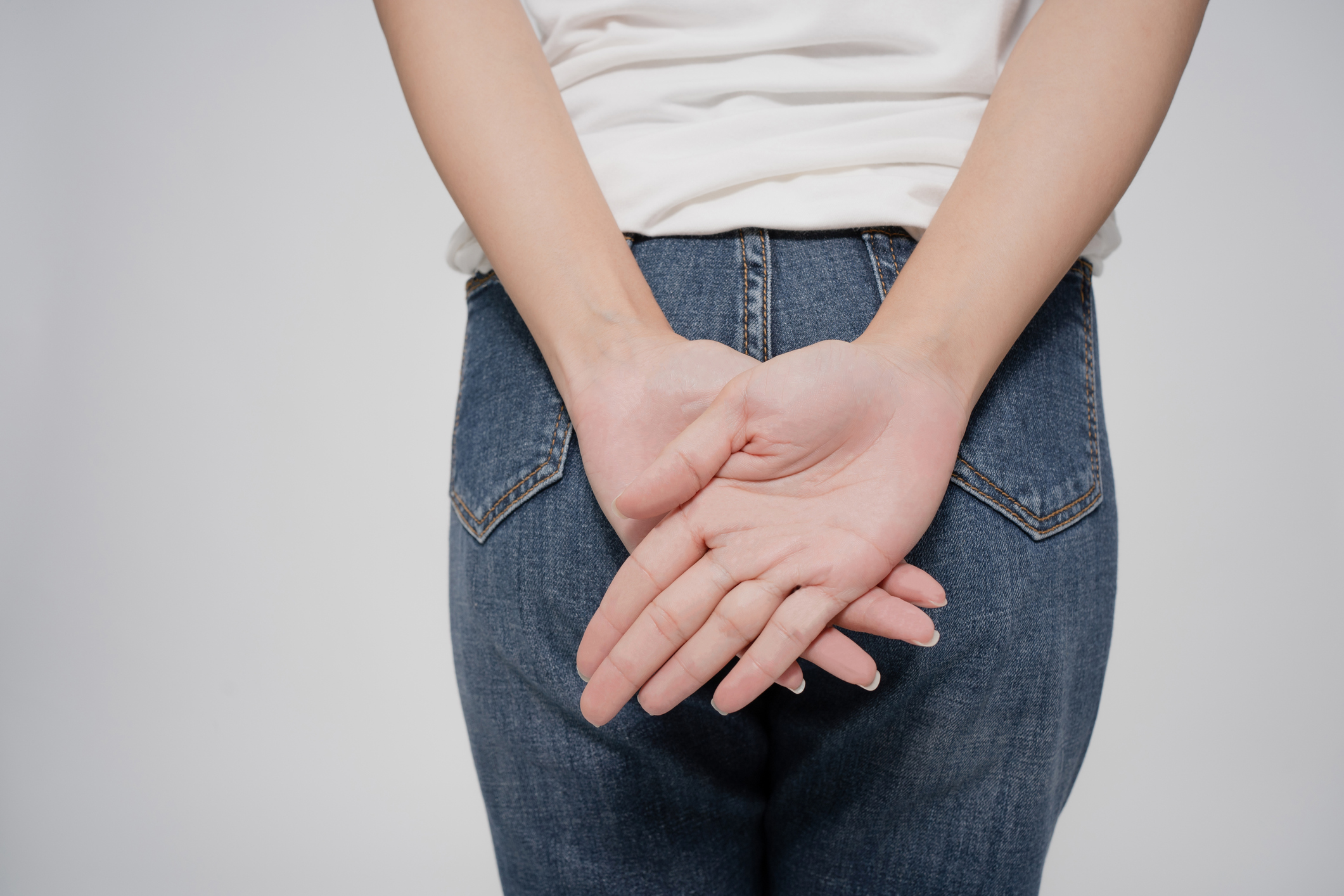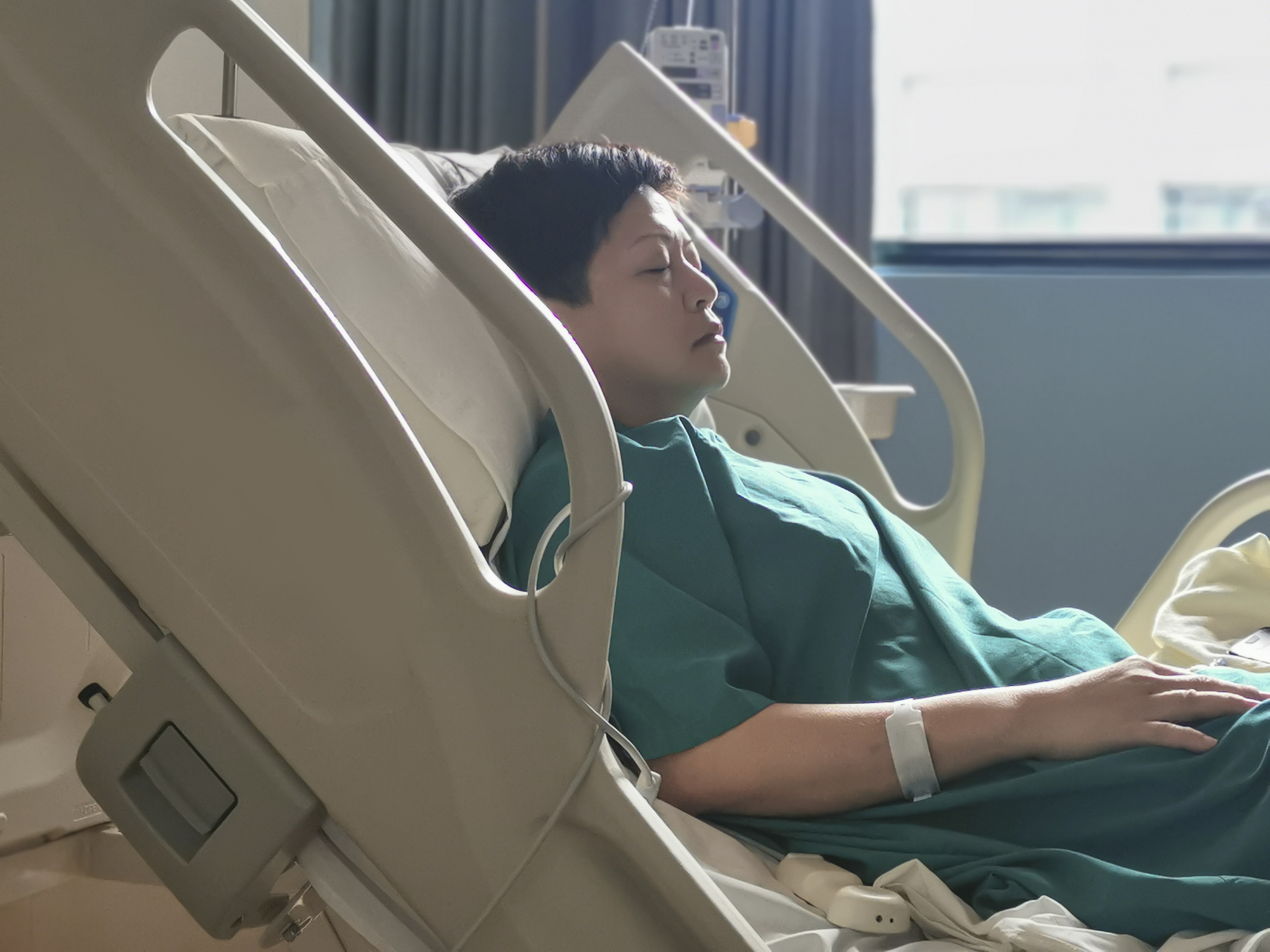
Internal hemorrhoids, also known as inner hemorrhoids or internal piles, are swollen vascular structures that can cause some unpleasant problems, even if you don’t feel them.
Internal hemorrhoids can be harder to diagnose than external hemorrhoids since they are concealed inside the rectum unless prolapse occurs.
There are some ways you may be able to detect internal hemorrhoids, however, and fortunately, there are effective options for the treatment of internal hemorrhoids.
Hemorrhoids are vascular structures in your rectum, specifically, the final portion of the large intestine that your body uses to store and pass stool. These veins are cushioned by muscle and connective tissue.
Everyone has internal hemorrhoids, but we only notice them once they become a problem.
When we refer to hemorrhoids or piles, we are typically referring to hemorrhoids that have become inflamed. About half of adults over the age of 50 experience this condition.
Internal hemorrhoids form near the end of the rectum, but you likely won’t see or feel anything unusual, even when a hemorrhoid swells, because they are still far inside the body.
You only see or feel an internal hemorrhoid if they prolapse. Internal hemorrhoids do not cause pain because they are located in an area without any nerve endings. If you are experiencing pain, it may be from a different condition, such as external hemorrhoids, anal fissures or spasms.

Not all internal hemorrhoids are the same or cause the same problems. Physicians classify internal hemorrhoids using the following four grades of severity:
In some cases, hemorrhoids can be an unavoidable condition associated with aging.
Hemorrhoids can develop any time there is an extra degree of pressure on the rectum. Common sources of this strain include:
If you want to prevent internal hemorrhoids from forming, making some simple lifestyle changes, such as increasing the amount of fiber in your diet and engaging in regular exercise, may help. Unfortunately, sometimes there is nothing we can do to prevent internal hemorrhoids.

Symptoms of internal hemorrhoids vary depending on their severity. Even as hemorrhoids worsen, you aren’t likely to experience pain due to the lack of nerve endings in the lower rectal area. Pain associated with hemorrhoids is typically caused by an associated condition, such as anal fissures or external hemorrhoids.
If you can’t feel internal hemorrhoids, then how do you know they’re there?
In most cases, it’s because you begin to notice bleeding. You may see blood in your stool or notice it on the toilet paper when you wipe. Because this blood has a short path to travel outside the body, it should be bright red. You may not notice it right away if the bleeding is light.
While bleeding is the most common indicator of internal hemorrhoids, you may experience other symptoms if a hemorrhoid prolapses. This typically happens during a bowel movement, and in many cases, the tissue will go back in on its own. In other cases, you may have to push the tissue back in. In the case of Grade IV hemorrhoids, the tissue will remain prolapsed.
It’s important to note that bleeding is also a common symptom of colorectal cancer, as well as internal hemorrhoids. That’s why we recommend you see a physician right away if you are experiencing any rectal bleeding, especially if it is accompanied by other suspect symptoms.
A hemorrhoid protruding out the anus can cause discomfort from itching and swelling. Some people even experience soiling due to the prolapsed tissue. It can be difficult to know if you have prolapsed hemorrhoids or external hemorrhoids without a doctor’s professional diagnosis since they can cause similar symptoms. Additionally, it’s not uncommon to have both at once.
Only a qualified physician can accurately diagnose internal hemorrhoids.
Many internal piles treatment options are available to those experiencing symptoms. Some of the most common treatments for hemorrhoids that people are familiar with are aimed at providing temporary relief from pain, itching or general discomfort. These methods include things like sitz baths, over-the-counter creams and ointments or natural home remedies like aloe vera and apple cider vinegar.
Unfortunately, these treatment methods only provide momentary relief, and they only really work for external hemorrhoid symptoms.
Internal hemorrhoids treatment must be aimed at addressing the cause rather than problem long-term by actually removing the internal hemorrhoids.


One option that is less invasive than surgery is infrared coagulation (IRC). A medical professional will direct an infrared light to the internal hemorrhoid, and the heat will cause scar tissue to form, cutting off blood flow to the hemorrhoid. About a week later, the dead tissue will fall off, and mild bleeding is likely to occur.
Although initially effective for 7 out of 10 people who have it, this procedure has a known higher recurrence rate than other treatment options available such as banding.

Another minimally invasive treatment option is sclerotherapy. Some people are familiar with this procedure as a way to treat varicose veins. A medical professional will inject a chemical solution into the swollen veins in the rectum, which damages the veins and causes them to shrivel. The procedure may have to be repeated multiple times to address the condition fully.
Sclerotherapy works best on smaller, less advanced hemorrhoids.

Some people think surgery is the only option to remove their hemorrhoids, and unfortunately, some doctors may only recommend surgery. They may recommend a hemorrhoidectomy, hemorrhoid stapling, atomizing or another procedure. Surgical procedures are invasive and can involve a lot of pain and a long recovery period, requiring you to put your life on pause for a bit. Surgery should be viewed as a last resort since other options may still work and cause less of a disruption to your life and less pain.
Banding is move of the most effective treatment options for internal hemorrhoids and the symptoms caused by external hemorrhoids. Banding involves placing a rubber band at the base of the hemorrhoid to cut-off the blood supply resulting in the hemorrhoid falling off. Banding using the CRH O’ Regan system is the preferred method for banding because it is: fast, painless, requires no sedation and is typically covered by insurance.